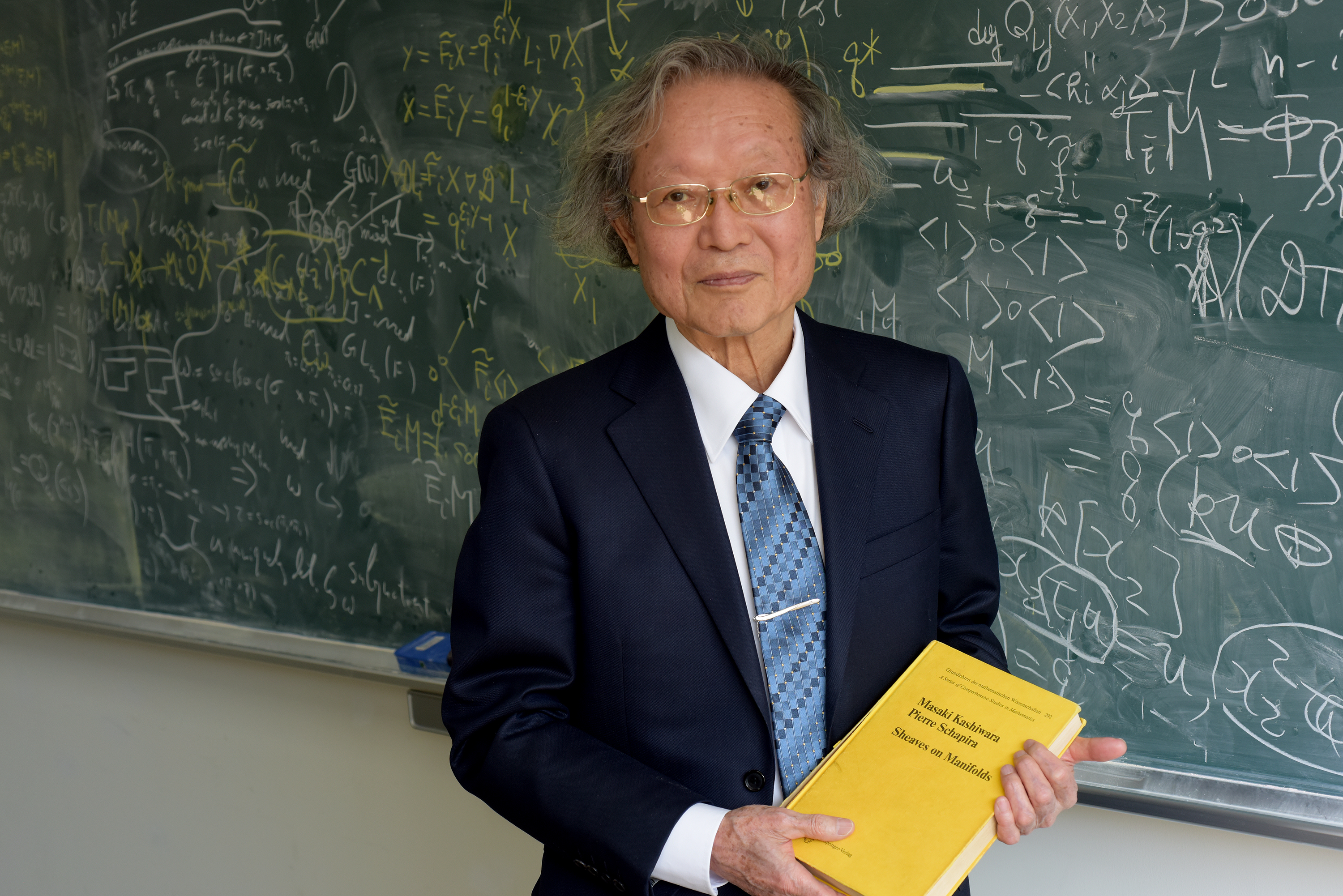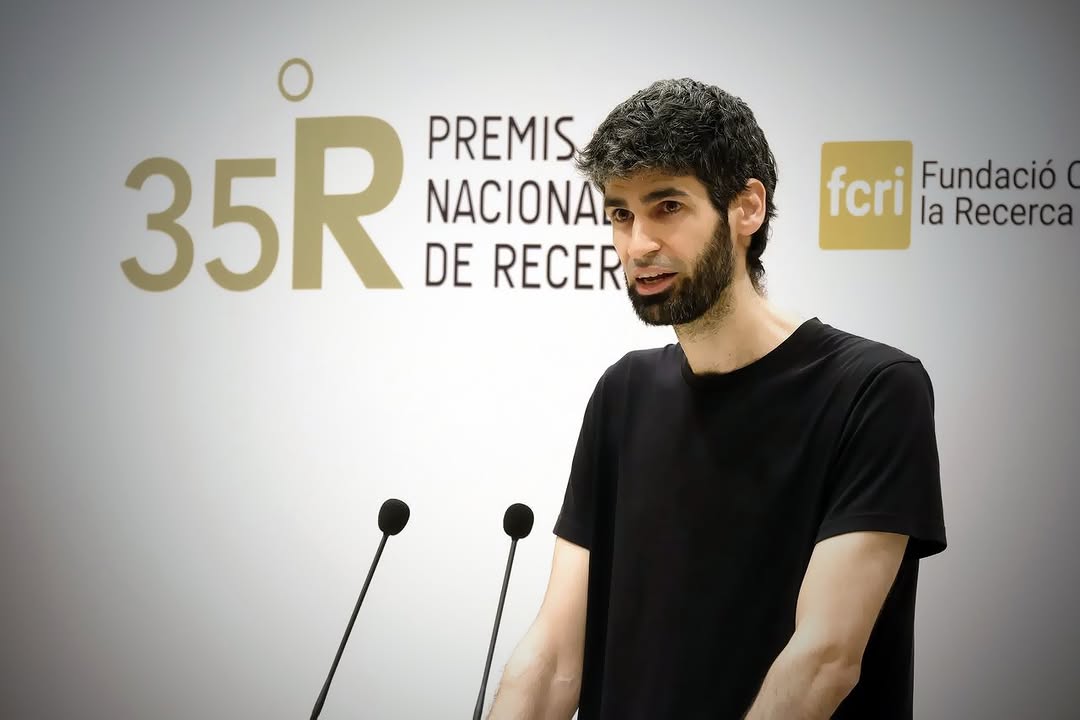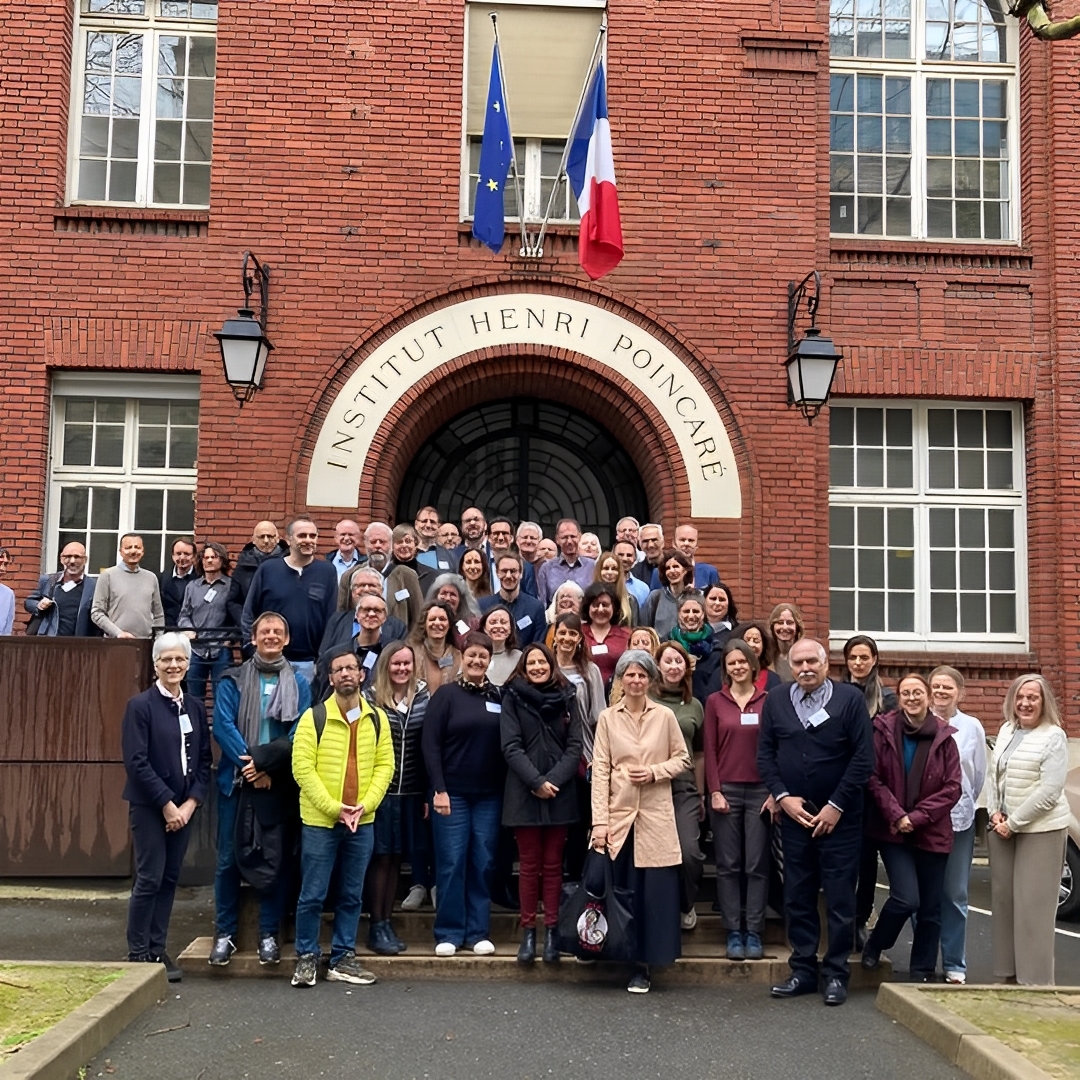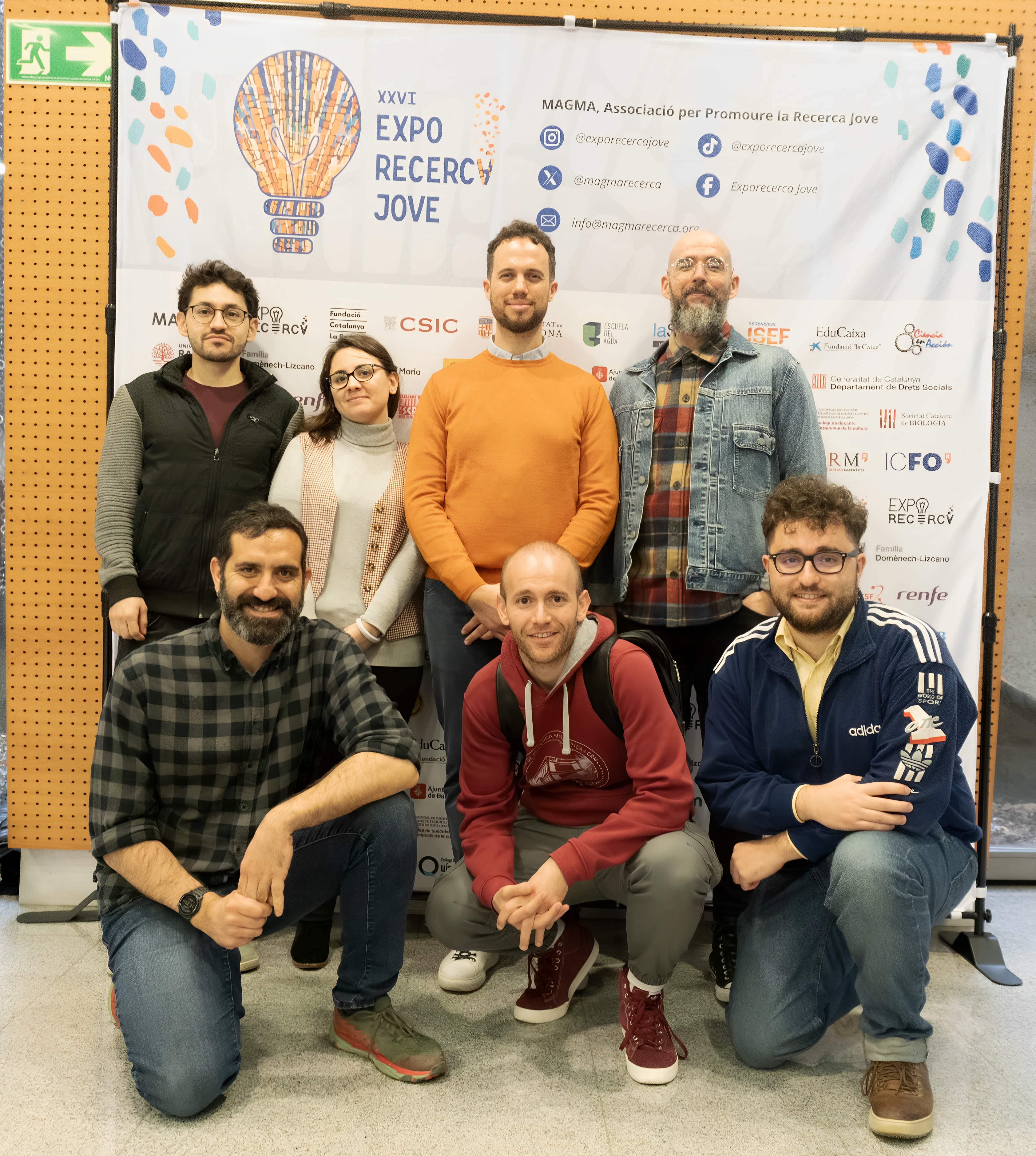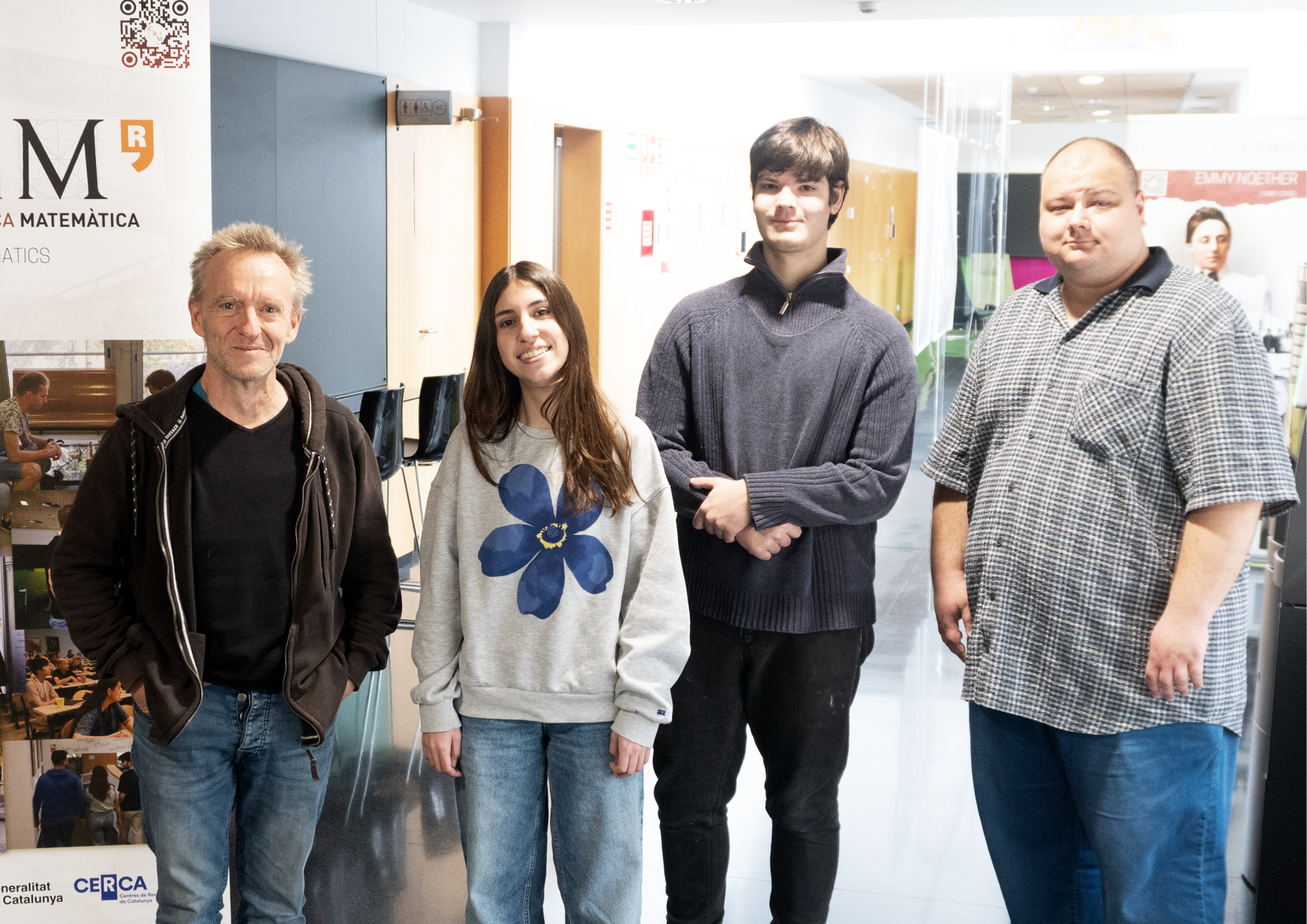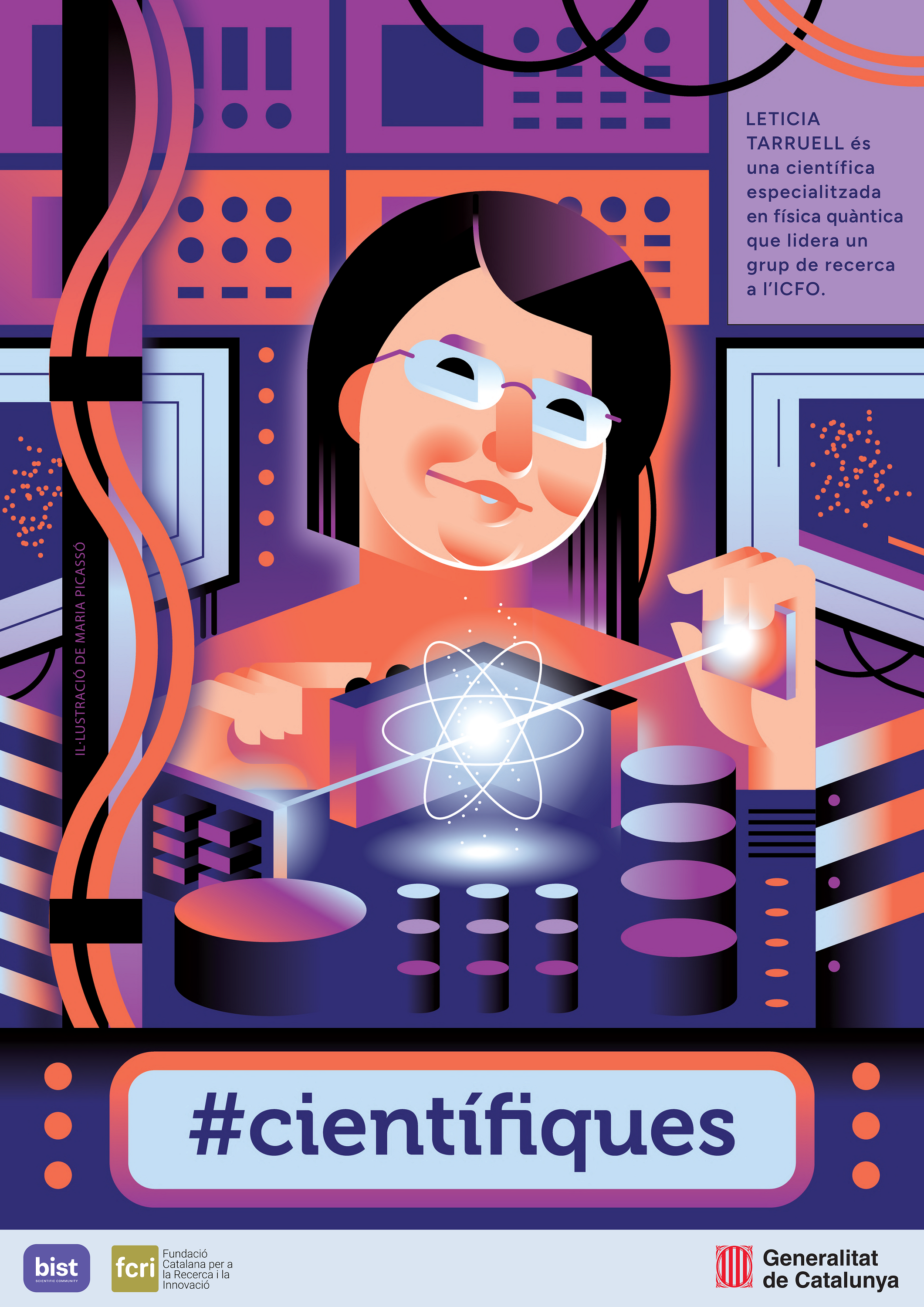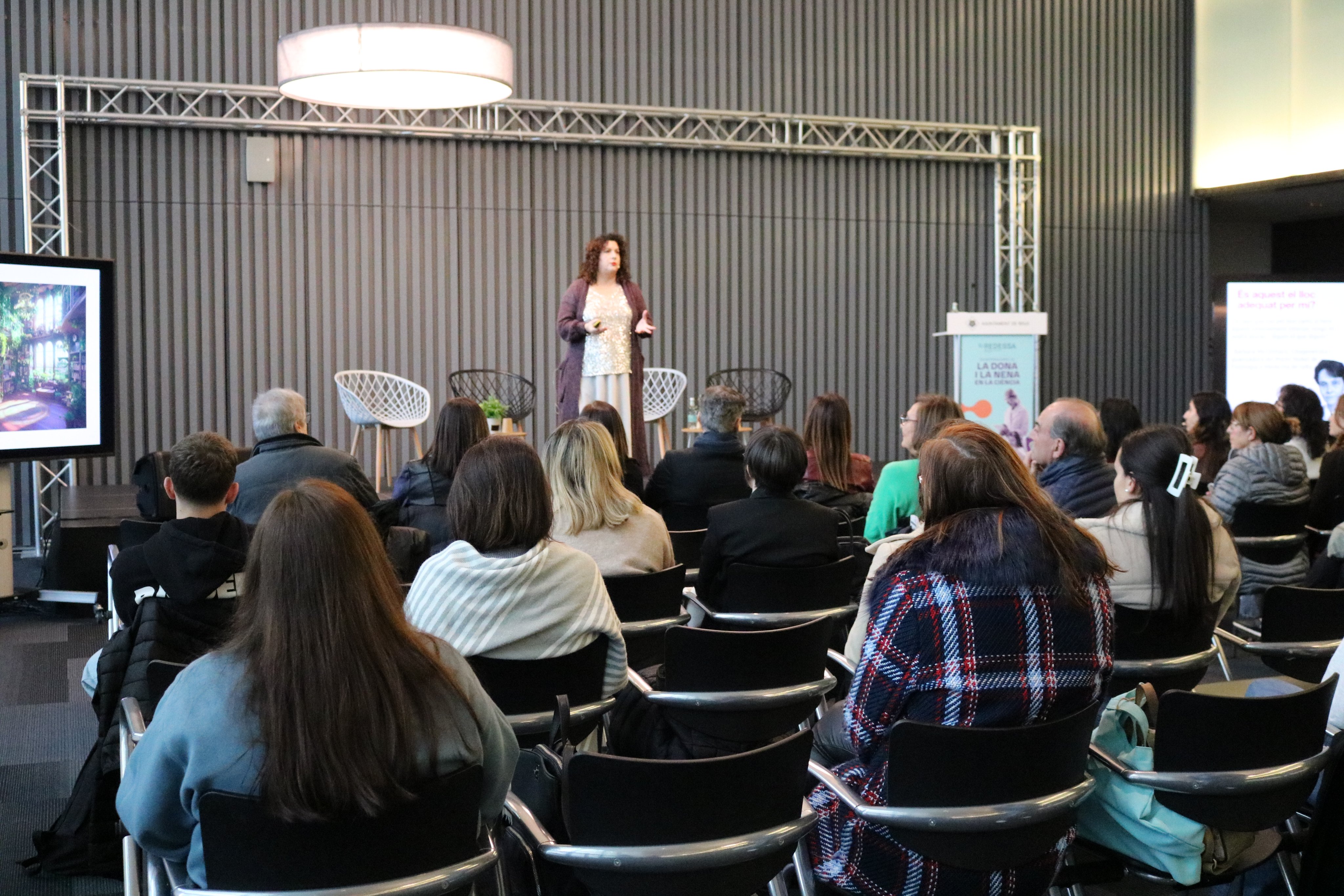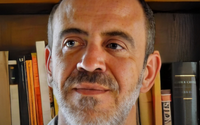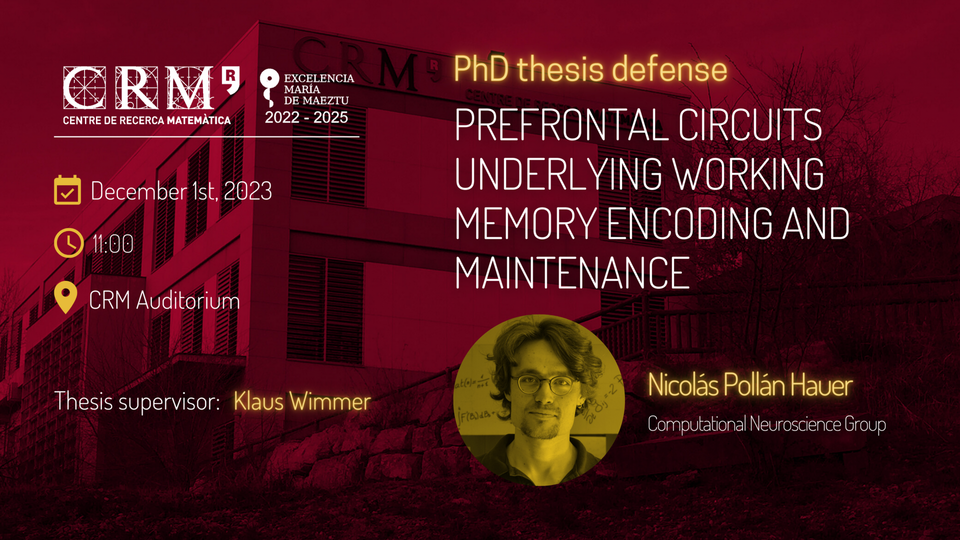
Prefrontal circuits underlying working memory encoding and maintenance
PhD candidate: Nicolás Pollán Hauer
Academic tutor: Lluís Alsedà i Soler
Thesis supervisor: Klaus Wimmer
abstract
Working memory, the capacity to maintain and manipulate information in our minds when it is no longer available in the environment, is a central function of cognition. One of the most important neuronal correlates of this cognitive function are the so-called persistent neurons, which respond selectively to sensory stimulation and sustain their increased activity even after removing the stimulus. This phenomenon, most frequently observed in the prefrontal cortex, has been successfully described by neural network models with attractor dynamics. However, only a few of the neurons engaged in working memory tasks have persistent activity. Moreover, analysis of the experimental recordings at the population level reveals that the code undergoes a change between the stimulus presentation and the maintenance epochs, which is not compatible with a working memory code that would only rely on stably active persistent cells. The prevalence of this finding has motivated the proposal of alternative mechanisms, but current computational models that explain dynamics fail to include stable epochs or do not provide a clear mechanistic interpretation.
In this thesis, we use statistical data analysis and neural network modeling to investigate whether specialized neuronal subpopulations underlie the stable and dynamic working memory codes.
First, we investigated the connection between the observed dynamics in the working memory code and the functional structure of the prefrontal circuits. We analyzed prefrontal recordings from behaving macaque monkeys and observed that feature selectivity is non-randomly distributed across the neurons. This non-random or structured feature selectivity distribution is related to functional distinct subpopulations whose contrasting activity explains the dynamic to stable transition in the working memory code.
Second, we developed a computational model that represents three functional subpopulations as attractor networks working on different dynamic regimes. The model illustrates how the population structure, which implies different neurons active at different task epochs, is directly related to the dynamic transition in the code. Furthermore, we show how the three-network architecture can be easily extended to account for additional features, such as ramping activity and variable maintenance periods.
Third, our subpopulation-based networks have the functional advantage of being robust against distracting stimuli. The model captures the experimentally observed vulnerability to distractors presented shortly after stimulus removal. Moreover, it predicts that top-down feedback enhances the overall network’s robustness.
In summary, we show how the presence of functional subpopulations in the prefrontal cortex can be related to the dynamic to stable transition in the working memory code and to an enhanced capacity to filter out distracting stimuli. In conclusion, our work reconciles attractor dynamics with the observed dynamic changes in the code, still suggesting that attractor dynamics are essential for working memory maintenance.

CRM Comm
Pau Varela & Mariona Fucho
CRMComm@crm.cat
Subscribe for more CRM News
Masaki Kashiwara rep el Premi Abel 2025 per les seves aportacions a l’anàlisi algebraica
El matemàtic japonès Masaki Kashiwara ha estat guardonat amb el Premi Abel 2025. Entre les seves fites destaca el desenvolupament pioner de la teoria dels D-mòduls, que ha tingut una influència profunda en les matemàtiques modernes i en camps com la física teòrica....
Joaquim Ortega Cerdà elected to the Royal Norwegian Society of Sciences and Letters
Joaquim Ortega Cerdà, professor at the University of Barcelona, has been elected to the Royal Norwegian Society of Sciences and Letters, Norway’s oldest institution dedicated to science and scholarship. Professor Joaquim Ortega Cerdà, from the University of Barcelona,...
Xavier Ros Oton rep el Premi Nacional de Recerca al Talent Jove 2024
Xavier Ros Oton ha estat guardonat amb el Premi Nacional de Recerca al Talent Jove 2024, el primer cop que aquest reconeixement recau en un matemàtic. El premi destaca la seva trajectòria en l’estudi de les equacions en derivades parcials. El Premi Nacional de Recerca...
CRM participates in the annual ERCOM meeting in Paris
The Centre de Recerca Matemàtica (CRM) took part in the 2025 ERCOM meeting in Paris, joining leading European centres to discuss collaboration, outreach, and research strategies. The Centre de Recerca Matemàtica (CRM) took part in the annual meeting of ERCOM (European...
Xavier Lasauca i Lola Dagà, guanyadors del II Concurs de Poesia en Pilish del CRM
El segon certamen de poesia en pilish del Centre de Recerca Matemàtica (CRM) ja té guanyadors: Xavier Lasauca i Lola Dagà han estat els autors més votats pel públic, que ha pogut escollir els seus poemes preferits a través de les xarxes socials del centre. La...
El CRM premia el talent jove a l’Exporecerca 2025
El Centre de Recerca Matemàtica (CRM) ha premiat dos treballs destacats a l’Exporecerca Jove 2025, reconeixent la recerca en matemàtiques i intel·ligència artificial. Amb aquesta iniciativa, el CRM reforça el seu suport al talent jove i a la innovació científica. El...
Estada formativa al CRM: les matemàtiques per afrontar reptes ambientals i geomètrics
The Brain’s Hidden Agility: A New Study Shows How We Adjust Decisions Mid-Action
• The study reveals that decision-making and movement happen simultaneously, constantly adjusting to new sensory information rather than following a sequential process.• Both humans and rats adjust their movements in real-time, demonstrating the brain's flexibility in...
II Certamen de poesia Pilish | Participa!
Torna el certament de poesia més matemàtic! El Centre de Recerca Matemàtica (CRM) obre el Segon Concurs de Poesia en Pilish, un repte literari on cada paraula ha de tenir tantes lletres com el dígit corresponent de π. Es poden presentar poemes en català, castellà o...
Roser Homs apropa les matemàtiques evolutives als alumnes de primària a #científiques
La investigadora Roser Homs (CRM) ha participat en l'edició d'aquest any de #científiques amb una xerrada a alumnes de primària, mostrant com les matemàtiques ajuden a reconstruir arbres filogenètics a partir de l’ADN. Amb motiu del Dia Internacional de la Dona i la...
Eva Miranda reivindica el paper de les dones en la ciència en una jornada a Reus
La matemàtica Eva Miranda va participar en una jornada a Reus per visibilitzar el paper de les dones en la ciència, on va inaugurar l’acte amb una conferència i va reflexionar sobre les dificultats que afronten les científiques. L’esdeveniment, organitzat en el marc...
Xavier Cabré, nou membre numerari de la Secció de Ciències i Tecnologia de l’IEC
Xavier Cabré, investigador ICREA i catedràtic de matemàtica aplicada a la Universitat Politècnica de Catalunya, ha estat nomenat membre numerari de la Secció de Ciències i Tecnologia de l’Institut d’Estudis Catalans. El nomenament, formalitzat el...

